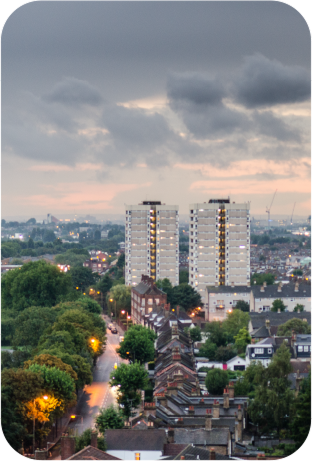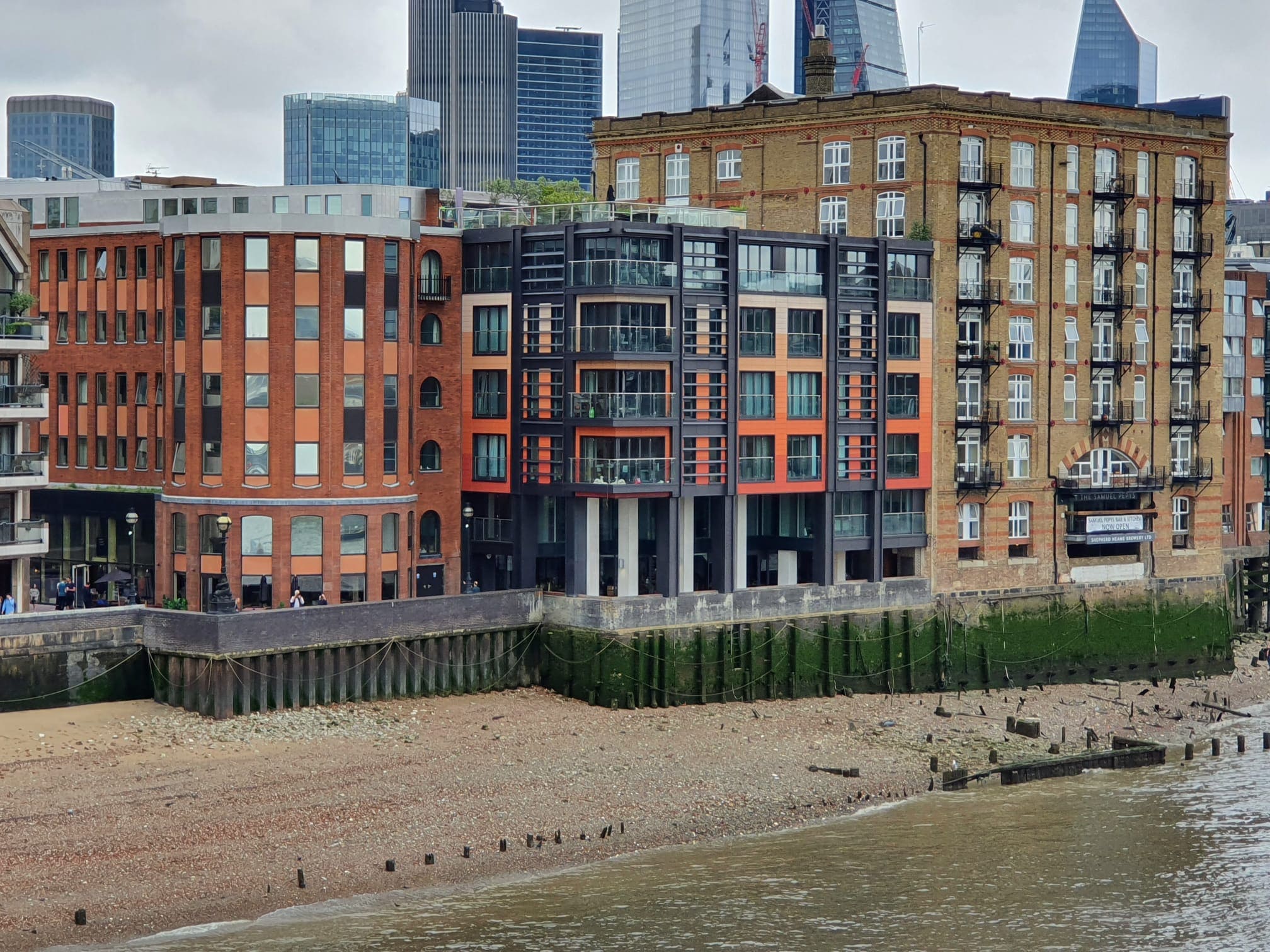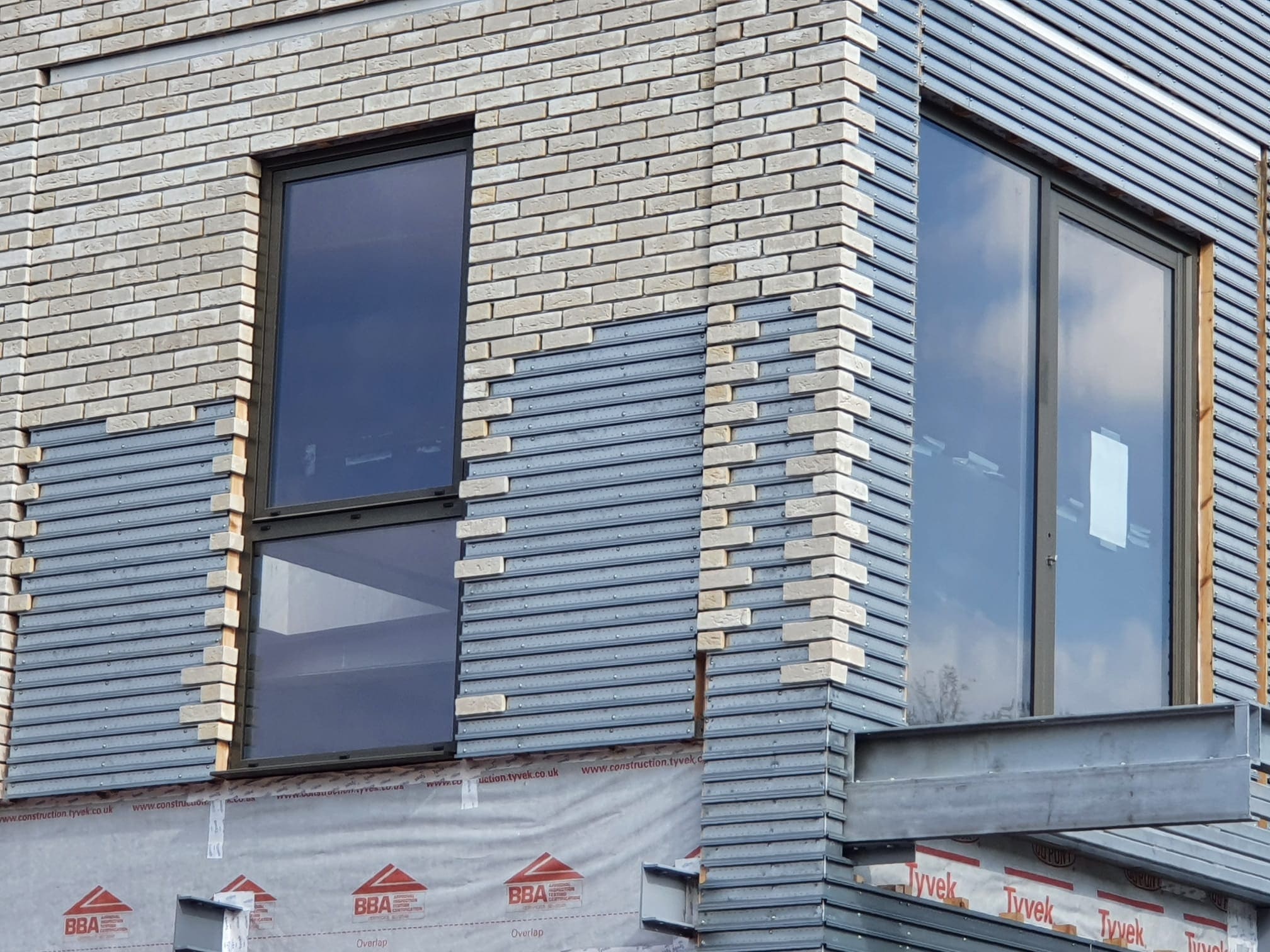27/09/2021
by: Mary-Anne Bowring/Property Industry Eye

New Fire Safety Planning Rules for High-Rise Developments
As of yesterday, new fire safety planning requirements, known as Planning Gateway One, have come into effect. These regulations ensure that fire safety is considered at the earliest stages of planning for high-rise residential developments.
Planning Gateway One: What It Means for Developers
Under these new rules, developers must demonstrate that fire safety has been integrated into their designs before receiving planning permission. This includes site layout considerations and ensuring adequate access for fire engines, all of which must be documented in a fire statement submitted with the planning application.
Government’s Push for Stronger Fire Safety Standards
Housing Minister Christopher Pincher emphasized that these changes mark a significant step toward a risk-based building safety regime. He also announced that the Health and Safety Executive (HSE) will serve as the statutory consultee, advising local planning authorities on fire safety elements within planning applications
Role of the Health and Safety Executive (HSE) and Future Regulations
Local planning authorities must consult with the HSE before approving high-rise developments. In the future, the HSE’s role is expected to transition to the newly established Building Safety Regulator, which will oversee fire safety compliance throughout the life cycle of residential high-rise buildings.
Industry Response: Fire Safety Accountability Still Lacking
Mary-Anne Bowring, managing director at Ringley, supports the mandate requiring HSE approval but argues that these measures should have been introduced sooner. While developers will now be held accountable at the planning stage, there is still uncertainty regarding who will bear the cost of remediation if fire safety failures emerge post-construction.
The Need for Stronger Legal Protections for Residents
Despite these new regulations, concerns remain about protecting future homeowners from the financial burden of fire safety failures. Until the Building Safety Bill becomes law, the industry lacks clear and enforceable standards to ensure developers adhere to strict fire safety requirements.
Despite these new regulations, concerns remain about protecting future homeowners from the financial burden of fire safety failures. Until the Building Safety Bill becomes law, the industry lacks clear and enforceable standards to ensure developers adhere to strict fire safety requirements.
https://propertyindustryeye.com
 1512
1512












Keep up to date
(Weekly, fortnightly or monthly)
To find out more what we do with your data, please read our Privacy Policy

 0
0













